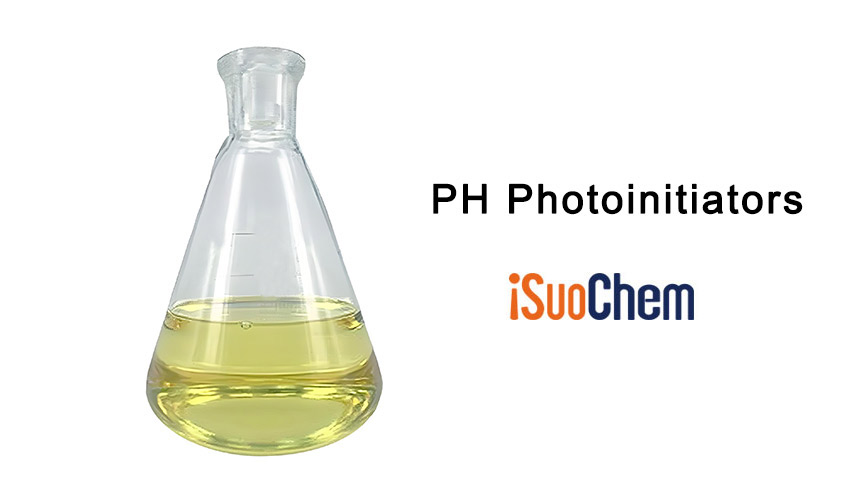Understanding PH Photoinitiators: What They Are and How They Work
Introduction to PH Photoinitiators
What is PH Photoinitiator?
PH photoinitiators play a crucial role in various industries, particularly in processes involving UV curing. Understanding the fundamentals of PH photoinitiators is essential for those involved in fields such as printing, coatings, adhesives, and more. In this article, we'll delve into the intricacies of PH photoinitiators, exploring their definition, classification, mechanisms, and applications.
Definition and Overview of of PH Photoinitiators
PH photoinitiators, also known as photoactivators, are chemical compounds that initiate or catalyze the polymerization of monomers when exposed to ultraviolet (UV) light. They facilitate the conversion of liquid resins or monomers into solid polymers or crosslinked networks, leading to the formation of coatings, adhesives, inks, and other products. These compounds are indispensable in UV curing processes, where rapid curing and high-performance materials are required.

Understanding Photoinitiation
Photoinitiation is the process by which PH photoinitiators initiate polymerization upon exposure to UV light. When photons from UV light are absorbed by the photoinitiator molecules, they undergo a photochemical reaction, resulting in the generation of free radicals or reactive species. These reactive intermediates then react with monomers or oligomers, initiating the polymerization chain reaction.
Types and Classification of PH Photoinitiators
PH photoinitiators can be classified based on their chemical structure, functionality, and reactivity. Common types include benzoin derivatives, benzophenone derivatives, thioxanthone derivatives, and camphorquinone derivatives. Each type exhibits specific properties and suitability for different applications, ranging from UV-curable coatings to dental materials.
Chemical Structure and Classification of PH Photoinitiators
The chemical structure of PH photoinitiators varies depending on their composition and functional groups. For example, benzoin derivatives contain benzoin groups, while benzophenone derivatives feature benzophenone moieties. These structural differences influence their absorption spectra, reactivity, and efficiency in initiating photopolymerization reactions.
Mechanisms of PH Photoinitiation
The mechanisms of PH photoinitiation involve photon absorption, excitation, and generation of reactive species. Upon absorption of UV light, photoinitiator molecules undergo electronic excitation to higher energy states. This excitation may lead to cleavage of chemical bonds or rearrangement of molecular structures, ultimately resulting in the formation of reactive intermediates capable of initiating polymerization.
PH photoinitiators play a vital role in UV curing processes, enabling the rapid and efficient polymerization of monomers under UV light exposure. By understanding their definition, classification, and mechanisms of action, professionals in various industries can optimize their use of PH photoinitiators to achieve desired curing outcomes. In the next section, we'll explore the applications of PH photoinitiators in different industries and products. Welcome to contact iSuoChem to learn more about our PH Photoinitiators.